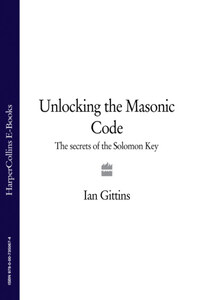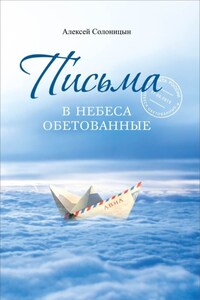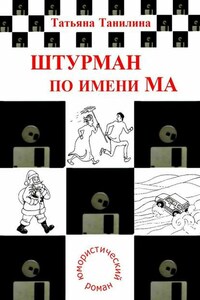The pseudo-historical fiction of Dan Brown is the publishing phenomenon of the first few years of the twenty-first century. By early 2005, over twenty-five million copies of The Da Vinci Code, the Gordian knot of a detective novel that saw Harvard Professor Robert Langdon in learned pursuit of the Holy Grail, were in print around the globe. Brown’s intricate weaving of mysticism, alternative history and cryptic symbolism into a good old-fashioned pot-boiler clearly touched a nerve in the worldwide popular consciousness.
As the year progressed, and with a Ron Howard-directed Hollywood movie of The Da Vinci Code starring Tom Hanks and Audrey Tatou at an advanced stage of production, Brown acolytes speculated over what the author’s next move would be. Countless Da Vinci Code-fixated chat rooms and fansites hummed with chatter and speculation. At which point, with The Da Vinci Code’s worldwide sales up to forty million, Brown himself revealed exactly where he would be directing Langdon next—into the dark heart of Freemasonry.
Writing on his own website, www.danbrown. com, the author had this to say about the legendarily secretive Masons: ‘My interest sparks from growing up in New England, surrounded by the clandestine clubs of Ivy League universities, the Masonic lodges of our Founding Fathers, and the hidden hallways of early government power.’ His next novel, The Solomon Key, would, he confirmed, be set ‘deep within the oldest fraternity in history—the enigmatic brotherhood of the Masons.’
In truth, it is not terribly difficult to comprehend the appeal of Freemasonry to Brown in a novelistic context. His books are labyrinthine riddles, set in a world of proscribed societies, arcane and complex symbolism and historical facts and suppositions woven into the sort of beguiling conspiracy theories that invariably attract eager adherants. What could suit his creative purposes better than a mysterious, ancient fraternal society with its own mythology founded on an opaque system of secret symbols, rituals and handshakes?
Broadly speaking, there are two schools of thought on the Masons. The first—grounded in reality, and therefore of little use to Brown—is that the Freemasons are a modern anachronism, an eccentric but essentially benign organization of men whose well-developed sense of selfimportance is a minor flaw compared to the many good charitable works that they do. This view holds that, given the increasing average age of the membership, the fraternity is unlikely to survive in any significant form beyond the next two or three decades.
The rival opinion, and the one seized upon by Brown, is that the Freemasons are a shadowy grouping of sinister malcontents bent on subverting society and possibly—eventually—achieving world domination. The more turbo-charged conspiracy theorists out there even argue that the organization is in possession of ancient mystical secrets, of a sacred or even occult nature, handed down to them by the Knights Templar, the famous chapter of medieval warrior knights.
The more pathologically driven detractors point towards the significant role played by Masons in the birth of America—many of the Founding Fathers were Freemasons, as was the first President, George Washington—and imply that the fraternity, even today, still enacts a Machiavellian influence at the very apex of politics and the worlds of finance and business. Such loaded theorizing, naturally, is manna from heaven to a novelist as shrewd as Dan Brown as he sets about weaving a work of charged fiction like The Solomon Key.
So, are the Freemasons a bunch of harmless old duffers indulging in a little fanciful role-playing—essentially, Britain’s Rotary Club or America’s Elks with their trouser-legs rolled up—or are they mystical, scheming figures with powers and knowledge beyond the ken of the uninitiated? To gain a little insight, let’s begin by examining the organization’s philosophy and modus operandi.








